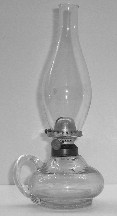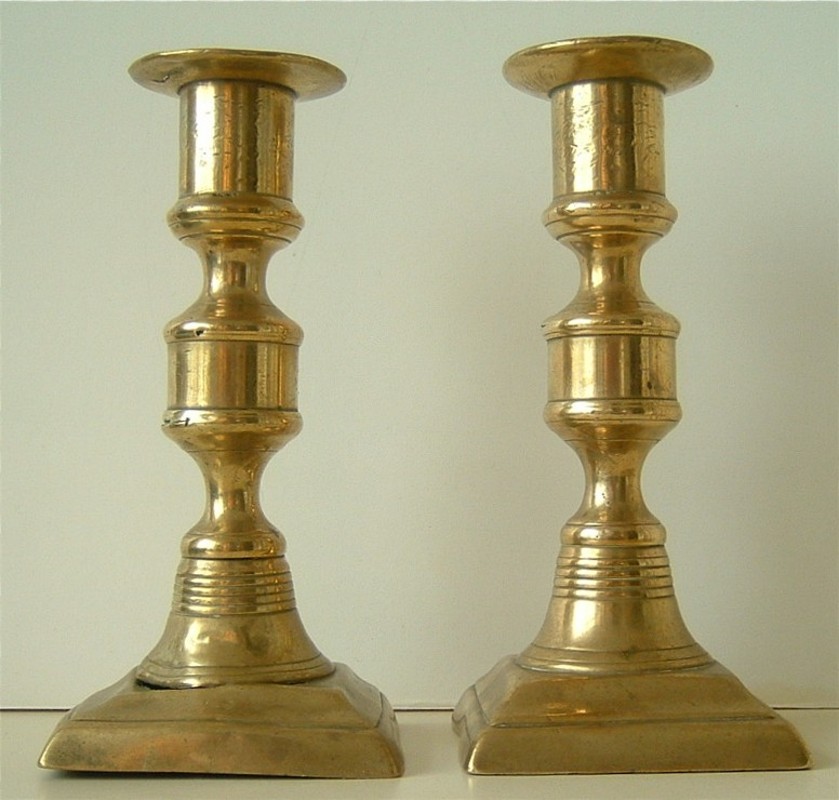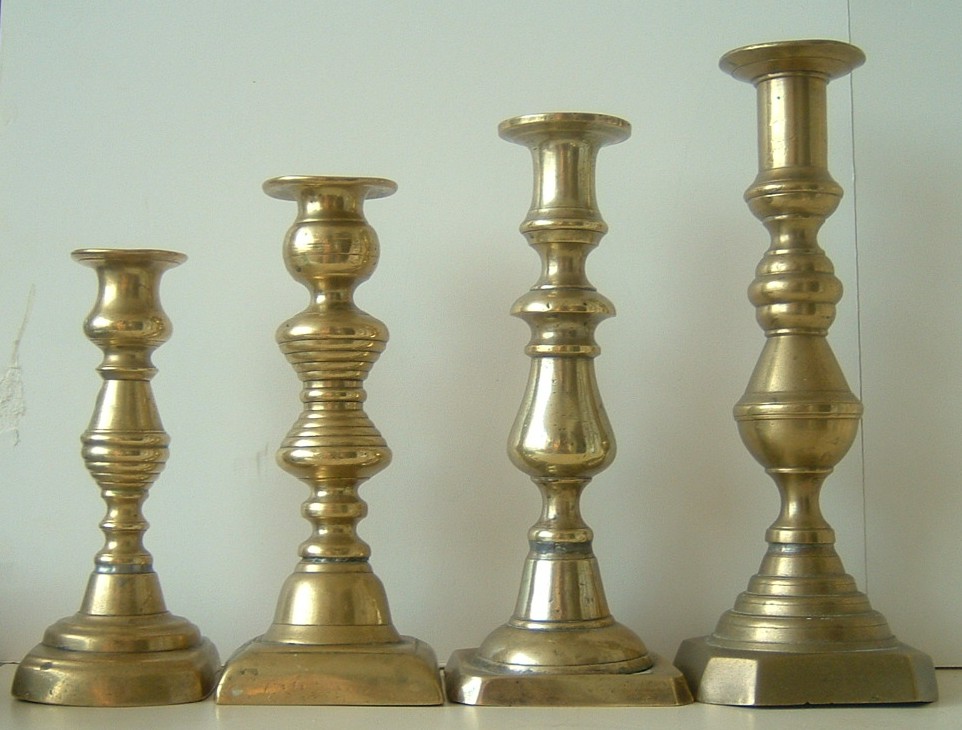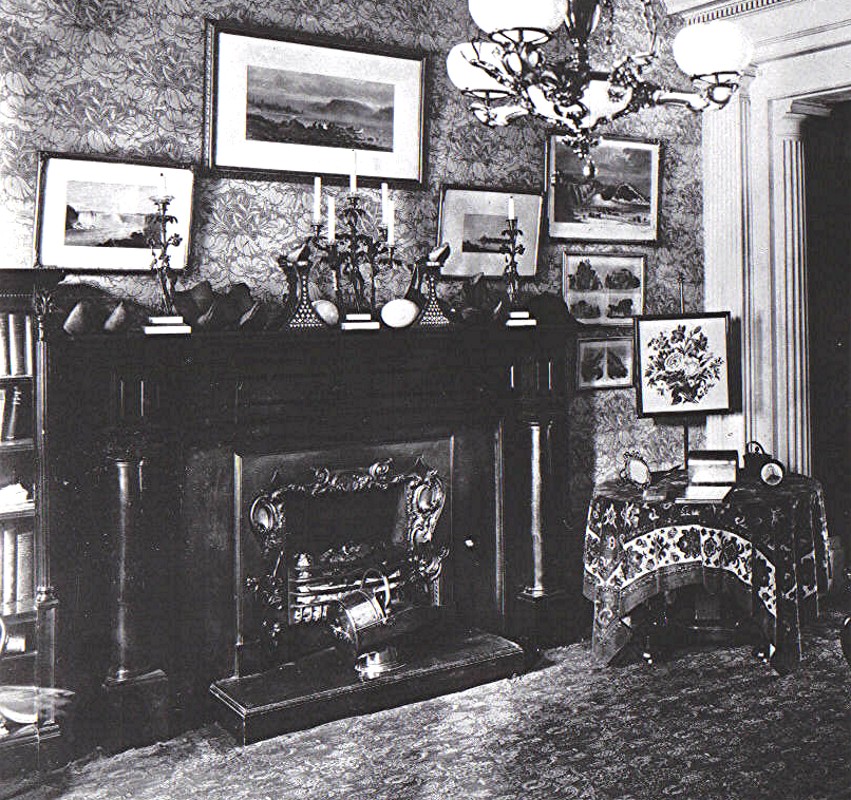
Coal Oil Usage in mid-nineteenth Ontario
Fred Cane: November 2007home page two page three page four
The Archives of Ontario contains a set of account books belonging to Mrs. Anna Gowan. They begin in 1855 and continue through to 1902. In them she recorded every purchase made during that period, no matter how small. Anna Gowan's entries relating to coal oil provide unique insight into the adoption of coal oil lighting in Ontario.
Anna Gowan was born in Ireland and came to Canada with her family in the early 1840s. Her father, Reverend Samuel Ardagh, was the first Anglican rector of Barrie. In 1853, when she was 22, she married James Gowan, a lawyer and the judge for Simcoe County. James Gowan had come to Ontario from Ireland in the early 1830s. By the 1850s he was a prominent man and later in life would be appointed to the Canadian senate and receive a knighthood.
Anna Gowan was about 15 years younger than her husband. They were married 52 years and had no children. They made their home in Barrie, an hour’s drive north of Toronto, in a large late-Georgian house that stood on six acres of land . In the early 1860s they had two servants and owned two horses and three carriages. The Gowans do not represent an average Ontario household of the period. They were well off and could afford to live well. Given their economic status it is interesting that during the 1850s Anna Gowan lighted her home entirely with candles.
Candle Usage in the 1850s
Candles were the most common form of domestic lighting before the introduction of coal oil. The majority of candlesticks were made of brass, iron and tin. However, Anna Gowan records a “branch candlestick with crystals”. It is likely a girdandole similar to the one illustrated by Russell (Russell: 1968: figure 15) . At $5.50 it was costly compared to a “tin candlestick” that cost only 40¢. She also purchased “candlesticks” for $2.00. Perhaps these were a pair of brass candlesticks. To trim the wicks of her candles she purchased “snuffers and tray” for $1.50.
It is possible that candlesticks were manufactured in Ontario. In 1842 there was "iron and brass foundry" and a "tin and sheet iron foundry" in Chippewa south of Niagara Falls (1842 Ont Census). In Flamborough Township (now part of Hamilton) an iron and brass foundry was operated in the mid-nineteenth century by William McKinley (Hamilton Heritage Designation report). A brass candlestick found in the cellar of his house may be a product of his foundy. Research may identify particular characteristics common to candlesticks manufactured in Ontario. For the time being, it is safer to assume that nineteenth century candlesticks found in Ontario were imported from the United States or Britain.



Left:
Pair of mid-nineteenth candlesticks found in Toronto. They are 6" high and may have been intended for use on a dining table.
Centre:
Mid-ninteenth century candlesticks ranging in height from 6¼” to 9½”. From left to right found in Stratford, Oshawa and Toronto. The candlestick on the right was found in the cellar of the house in Flamborough owned by brass and iron founder William McKinley. Attribution to McKinley's foundry is not possible as it may have belonged to a later owner.
Right:
Detail from a photo taken in 1911 of the drawing room in Beverley House, Toronto. Beverley House was home of Sir John Beverley and Lady Emma Robinson. The "branch candlestick" on the mantel may have been similar to the one purchased by Anna Gowan.
The variety of candles available to Anna Gowan is found in the newspaper ads of the period. Three ads from Kingston give an idea of what candles were being sold. An 1841 ad lists “London Sperm, London Dips, Wax Wick and Mould Candles”. One from 1844 lists “10 boxes of American Sperm Candles”. Another from 1845 lists “Sperm, Lard and Tallow Candles”.
Sperm candles were the most expensive. Compared to tallow candles they provided a bright flame and did not smell (Russell 1968: 23). They were imported from England and the United States as the names “London Sperm” and “American Sperm” suggest. Anna Gowan’s household accounts indicate that she purchased sperm candles throughout the late 1850s paying from 35¢ to 45¢ a pound for them.
Anna Gowan lists one purchase of stearine candles. Stearine candles provided a brighter and cleaner light than pure tallow. Russell suggests that they were cheaper than sperm candles (Russell 1968: 23). But on the one occasion that Anna Gowan purchased them, they cost 38¢ a pound, making their cost comparable to sperm candles.
On two occasions Anna Gowan purchased paraffin candles.. Paraffin was a new product developed by the nascent petroleum industry and the substance of which modern candles are made (Russell 1968: 23). They cost her 40¢ a pound and therefore were not a cheap substitute for sperm candles. Russell notes that paraffin candles began to be produced about 1860. Anna Gowan’s purchase of them in 1862 indicates how quickly this new product was available in Ontario.
For everyday use Anna Gowan purchased moulded tallow candles. Between 1855 and 1859 she used on average 110 pounds of tallow candles annually. In contrast, she purchased on average only 8¼ pounds of better quality candles annually. She purchased her tallow candles in bulk twice a year, in spring and fall, sometimes purchasing as much as 64 pounds at one time.
Tallow candles were manufactured in Ontario. Brown’s Toronto Directory for 1856 lists 14 “soap and candle-makers”. Anna Gowan made frequent trips to Toronto and her candles may have originated there. Her candles were delivered to her home. She paid separately for their delivery and for the cost of the box in which they were packed. Anna Gowan paid between 16¼¢ to 13¼¢ a pound for tallow candles. Better quality candles were almost three times as much.
Anna Gowan also purchased balls of candlewick. The Gowans kept cows and sheep that would have provided the raw material for candles. Perhaps Anna Gowan made the candles herself. But it is more likely they were made by her servants using a tin mould. It is interesting that Anna Gowan was frugal enough to use home made candles.
Just how many candles made up a pound in the mid-nineteenth century? An ad placed in the Kingston Daily News on December 15, 1845 gives us some idea. It advertised that the Commissariat Department was calling for tenders from candle-makers for “mould tallow candles for summer use; 1000 pounds of candles – six to the pound; 1868 pounds of candles – eight to the pound; the candles to be of the best quality and put up in boxes of 50 pounds each.”
At eight candles per pound Anna Gowan was using about 880 candles a year plus another 65 sperm candles. Averaged out, Anna Gowan used two and half candles a day. Her annual expenditure on tallow candles in the late 1850s averaged $16.50 with sperm candles adding another $2.86. It cost Anna Gowan almost $20 a year to light her home.
Twenty dollars was not an inconsequential amount in the late 1850s when the daily working man's wage was $1.00. It is not possible to know how many manufactured candles were used by the average Ontario family. In farming communities homemade candles may have provided the bulk of artificial light. However, the cost of a manufactured candle was only 2¢. As homemade candles guttered, smoked and smelled, perhaps a single manufactured candle lighted the kitchen table during the winter evenings.
home page two page three page four